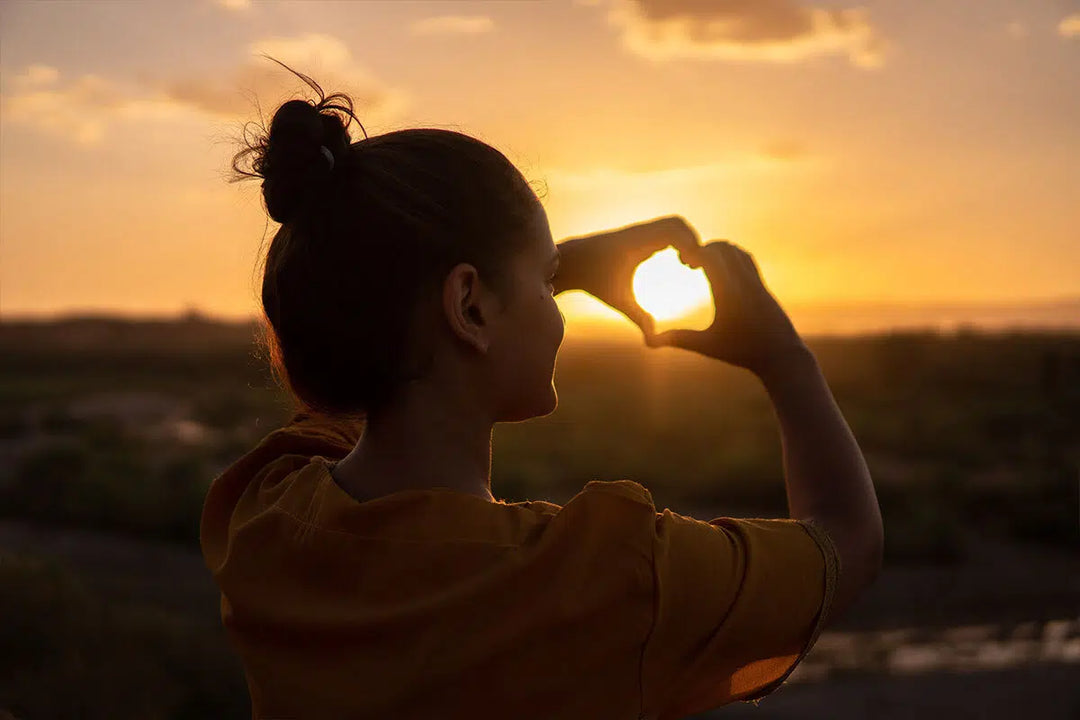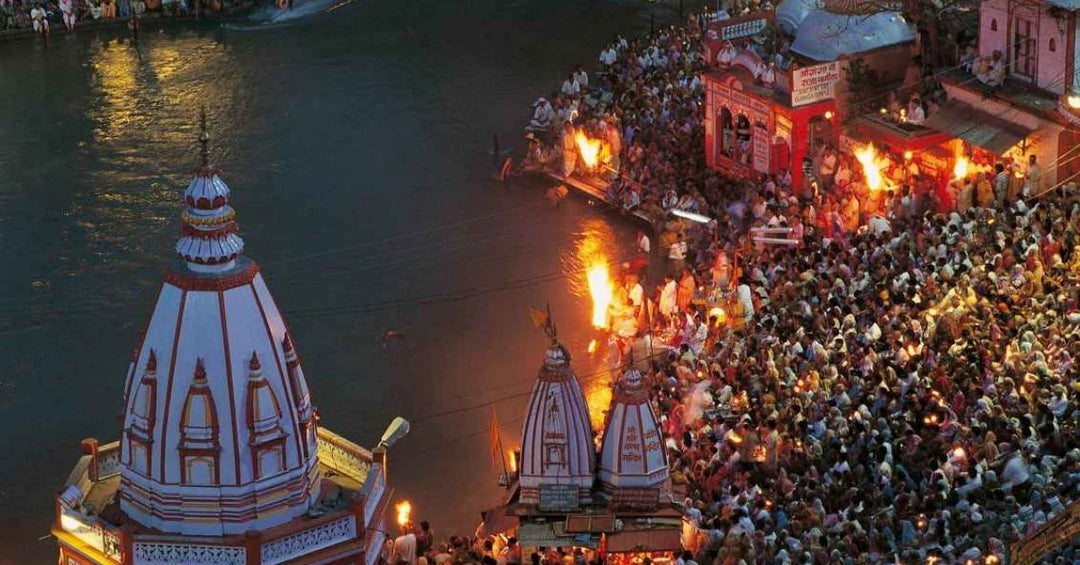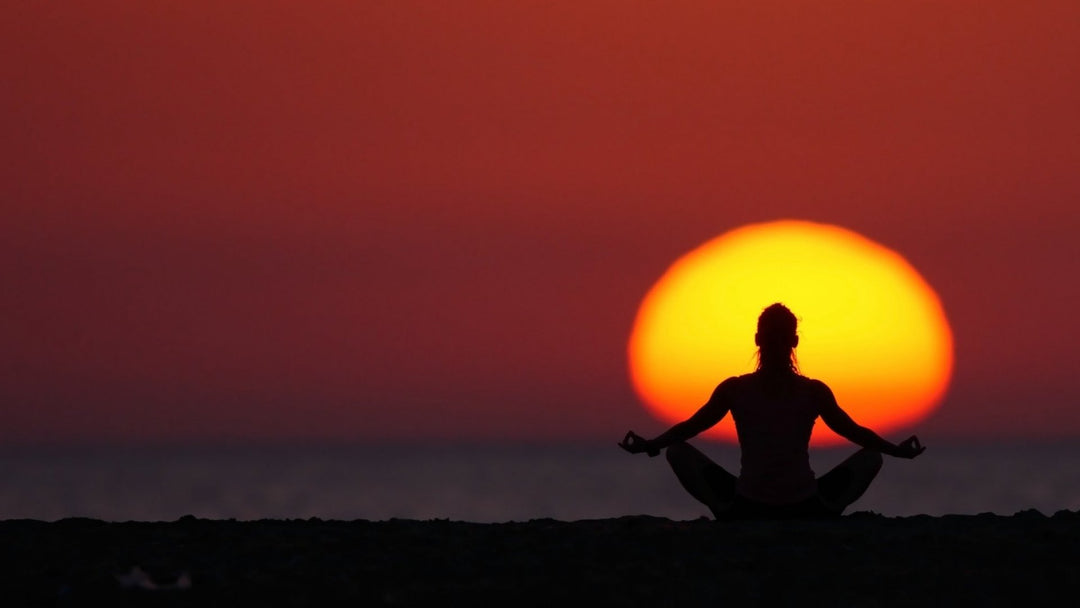About Madurai Meenakshi Temple
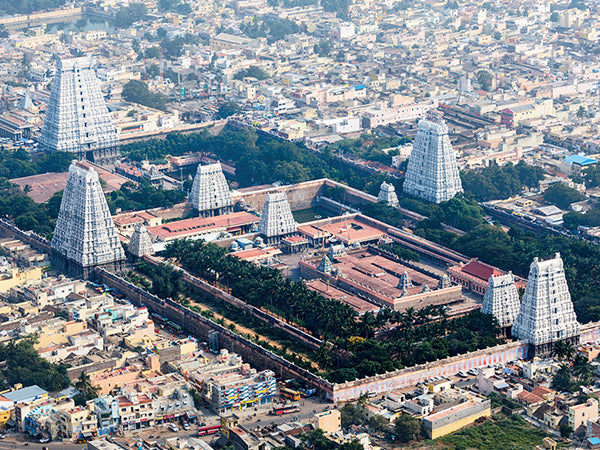
"Thousand Pillar Hall: The Architectural Gem of Meenakshi Temple"
Madurai Meenakshi Temple, also known as Meenakshi Amman Temple or Meenakshi Sundareswarar Temple, is a historic Hindu temple located in the city of Madurai in the state of Tamil Nadu, India. It is one of the most famous and significant temples in South India and is dedicated to Goddess Meenakshi, an incarnation of the Hindu goddess Parvati, and her consort Lord Sundareswarar, an incarnation of Lord Shiva.
Here are some key features and information about Madurai Meenakshi Temple:
Architecture: The temple complex covers an area of about 14 acres and is known for its magnificent architecture and intricate carvings. The temple's towering gopurams (gateway towers) are adorned with colorful sculptures depicting various mythological stories and deities.
Legends and Mythology: According to Hindu mythology, the temple is believed to be where Lord Shiva performed his cosmic dance, known as the "Tandavam," and married Goddess Meenakshi. The temple's history is intertwined with several legends and stories.
Main Shrines: The temple complex consists of two main shrines, one dedicated to Goddess Meenakshi and the other to Lord Sundareswarar. The central deity, Goddess Meenakshi, is portrayed with a golden crown, three breasts, and adorned with jewelry. Lord Sundareswarar's shrine is situated adjacent to Goddess Meenakshi's shrine.
Thousand Pillar Hall: One of the notable attractions within the temple complex is the "Thousand Pillar Hall," which is a massive hall supported by numerous intricately carved pillars. The gallery is known for its architectural brilliance and houses various sculptures and artworks.
Festivals: The temple is renowned for its grand festivals, especially the Meenakshi Thirukalyanam (marriage celebration) held in the Tamil month of Chithirai (April-May). The festival attracts many devotees and features elaborate processions, music, dance performances, and religious rituals.
Daily Rituals: The temple follows a strict schedule of daily rituals and ceremonies, including several poojas (offerings), abhishekas (ritual baths), and arati (waving of lamps) performed to the deities. Devotees visit the temple throughout the day to offer prayers and seek blessings.
Importance: Madurai Meenakshi Temple holds great religious and cultural significance for the people of Tamil Nadu. It is considered one of the Shakti Peethas (shrines where body parts of the goddess Sati fell) and is believed to be one of the oldest temples in India, with its origins dating back over 2,000 years.
Visiting the Madurai Meenakshi Temple provides a unique opportunity to experience the rich cultural heritage and architectural marvels of ancient South India. The temple's vibrant atmosphere, intricate carvings, and spiritual aura make it a must-visit destination for devotees, tourists, and history enthusiasts.
Which day is special for Madurai Meenakshi Temple?
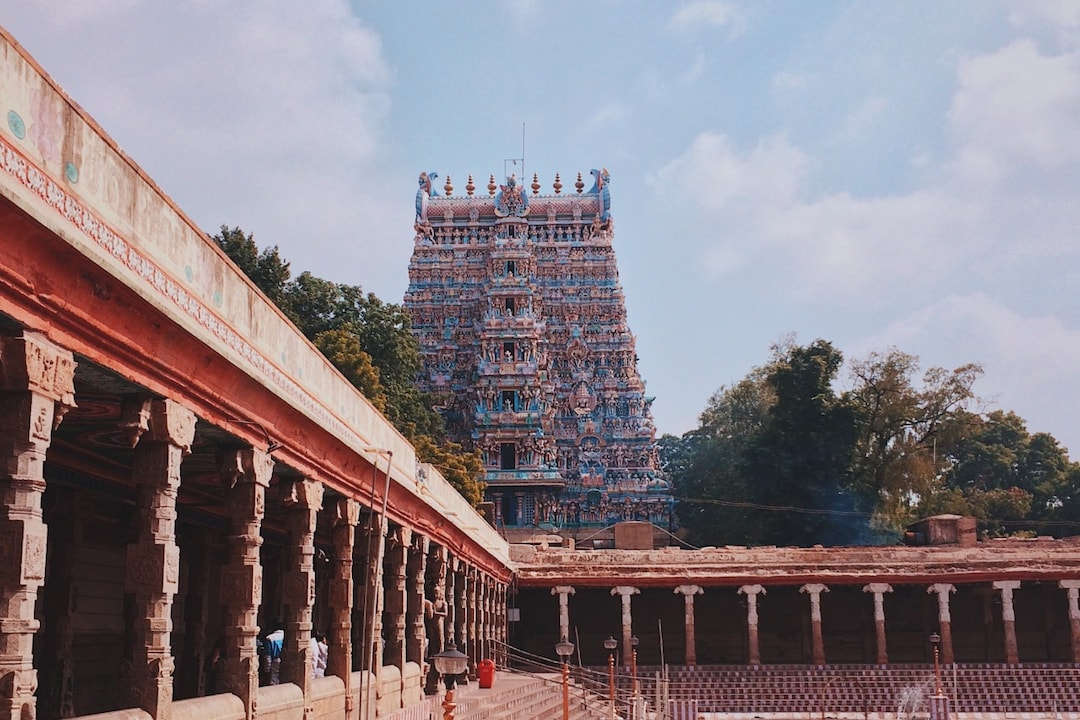
The Meenakshi Temple in Madurai has several special days and festivals throughout the year. One of the most significant and grand celebrations at the temple is the Meenakshi Thirukalyanam, also known as the celestial wedding of Goddess Meenakshi and Lord Sundareswarar. This festival takes place in the Tamil month of Chithirai (April-May) and attracts a large number of devotees.
During the Meenakshi Thirukalyanam, the temple is beautifully decorated, and the deities are taken out in a grand procession. The celestial wedding ceremony is reenacted, symbolizing the divine union of Goddess Meenakshi and Lord Sundareswarar. The festival lasts for several days and features various cultural performances, music, dance, and religious rituals.
Apart from the Meenakshi Thirukalyanam, other important festivals celebrated at the temple include:
Chithirai Festival: This festival, held in the Tamil month of Chithirai (April-May), is a month-long celebration that culminates with the Meenakshi Thirukalyanam. The festival involves elaborate processions, chariot rides, and cultural performances.
Navaratri: Navaratri, a nine-night festival dedicated to the goddess Durga, is celebrated with great enthusiasm at the Meenakshi Temple. The temple premises are beautifully decorated, and special poojas and devotional music are performed during this time.
Float Festival: The Float Festival, also known as Theppotsavam, is celebrated in the Tamil month of Thai (January-February). During this festival, the deities are taken out in a procession and placed on a beautifully decorated float, which is then taken to the Mariamman Teppakulam tank. Devotees gather to witness this colorful and joyful event.
These are just a few examples of the special days and festivals celebrated at Madurai Meenakshi Temple. The temple has a rich calendar of festivities throughout the year, providing devotees and visitors with various opportunities to experience the vibrant culture and spiritual traditions of the region. It is always recommended to check the specific dates and schedules of festivals before planning a visit.
Which God is Madurai Meenakshi?

Madurai Meenakshi is the presiding deity of the Madurai Meenakshi Temple. She is considered an incarnation of the Hindu goddess Parvati, who is the consort of Lord Shiva. Meenakshi is believed to be the epitome of feminine power and is worshipped as the divine mother and a form of the goddess Shakti.
In the temple, Meenakshi is depicted with a golden crown, and three breasts, and adorned with jewelry. She is portrayed as a powerful goddess with a fierce yet benevolent appearance. Meenakshi is revered as the queen and ruler of Madurai, and devotees seek her blessings for prosperity, protection, and overall well-being.
It is important to note that Meenakshi is worshipped alongside her consort, Lord Sundareswarar, who is an incarnation of Lord Shiva. Together, Meenakshi and Sundareswarar symbolize the divine union of masculine and feminine energies, representing the eternal cosmic balance in Hindu mythology.
Devotees from all over the world visit the Madurai Meenakshi Temple to offer their prayers and seek the blessings of Meenakshi. She is regarded as a powerful deity who grants devotees their wishes and protects them from harm. The temple holds great religious and cultural significance, and the worship of Meenakshi is an integral part of the temple's rituals and traditions.
What is Meenakshi Temple famous for?

The Meenakshi Temple in Madurai is famous for several reasons. Here are some of its notable features and aspects that contribute to its fame:
Architectural Marvel: The temple is renowned for its magnificent and intricate architecture. The towering gopurams (gateway towers) adorned with elaborate sculptures and carvings are a sight to behold. The temple complex showcases the Dravidian style of architecture, characterized by its grandeur, symmetry, and detailed craftsmanship.
Meenakshi and Sundareswarar: The temple is dedicated to the goddess Meenakshi, an incarnation of Parvati, and her consort Lord Sundareswarar, an incarnation of Shiva. The divine union of Meenakshi and Sundareswarar is celebrated through various rituals and festivals, including the Meenakshi Thirukalyanam (celestial wedding).
Festivals: The Meenakshi Temple is famous for its vibrant and grand festivals. The Meenakshi Thirukalyanam, Navaratri, and Float Festival are among the major celebrations that attract a large number of devotees and visitors. These festivals showcase the rich cultural heritage, music, dance, and religious fervor of Tamil Nadu.
Thousand Pillar Hall: The temple's Thousand Pillar Hall is a masterpiece of architecture. It is known for its intricate carvings and houses various sculptures, including the Nataraja (the dancing form of Shiva). The hall is a significant attraction within the temple complex.
Spiritual Significance: The Meenakshi Temple holds immense spiritual significance for devotees and pilgrims. It is considered one of the Shakti Peethas, where the body parts of the goddess Sati fell. The temple is believed to bestow blessings, fulfill devotees' wishes, and provide spiritual solace.
Historical Importance: The Meenakshi Temple has a rich historical legacy, with its origins dating back over 2,000 years. It has witnessed the rise and fall of several dynasties and has been patronized by various rulers, leaving behind a cultural heritage that is treasured by historians and enthusiasts.
Cultural Hub: The temple serves as a cultural hub, promoting the arts, music, and dance forms of Tamil Nadu. It hosts performances, cultural events, and competitions, showcasing the region's traditional art forms like Bharatanatyam and Carnatic music.
The Meenakshi Temple's fame extends beyond its religious significance. It is recognized as a remarkable architectural masterpiece, a symbol of cultural heritage, and a center for spiritual devotion. Its grandeur and historical importance make it a popular destination for tourists, devotees, and art lovers alike.
What is amazing about Madurai Meenakshi Temple?

Madurai Meenakshi Temple is known for several amazing aspects that make it a remarkable place. Here are some of the amazing features and qualities of the temple:
Architectural Splendor: The temple's architecture is awe-inspiring. The intricate carvings, elaborate sculptures, and towering gopurams (gateway towers) showcase the skilled craftsmanship of ancient artisans. The level of detail and precision in the architecture is truly remarkable and leaves visitors astounded.
Magnificent Gopurams: The temple complex is adorned with towering gopurams, especially the southern gopuram, which is one of the tallest in South India. These colorful and intricately sculpted gateways are a sight to behold and represent the grandeur of the temple.
Thousand Pillar Hall: The Thousand Pillar Hall is a marvel of architectural brilliance. It is adorned with intricately carved pillars, each unique in design. The hall is a testament to the architectural prowess of the artisans of the time.
Sculptures and Carvings: The temple is filled with an abundance of sculptures and carvings, depicting various deities, mythological stories, and intricate patterns. The level of artistry and attention to detail in these sculptures is extraordinary.
Meenakshi and Sundareswarar Deities: The idols of Goddess Meenakshi and Lord Sundareswarar within the temple are captivating. The golden crown, jewelry, and multiple breasts of Meenakshi, and the serene presence of Sundareswarar, evoke a sense of divinity and spiritual energy.
Festivals and Celebrations: The temple comes alive during its grand festivals, such as the Meenakshi Thirukalyanam (celestial wedding) and Navaratri. These celebrations showcase the rich cultural traditions, music, dance, and elaborate rituals that create a vibrant and festive atmosphere.
Sacred Pond: The temple complex features a sacred pond called the "Golden Lotus Tank" or "Porthamarai Kulam." It is believed to be holy and has great religious significance. The tranquil and serene ambiance of the pond adds to the spiritual experience for devotees.
Historical and Cultural Heritage: The Madurai Meenakshi Temple has a rich historical and cultural heritage dating back several centuries. It has been a center of art, culture, and spiritual devotion, attracting devotees, scholars, and tourists from around the world.
These amazing aspects collectively contribute to the allure and mystique of the Madurai Meenakshi Temple. Its architectural grandeur, artistic beauty, and rich cultural heritage make it a captivating and unforgettable place to visit.
What is the best time to visit Madurai temple?
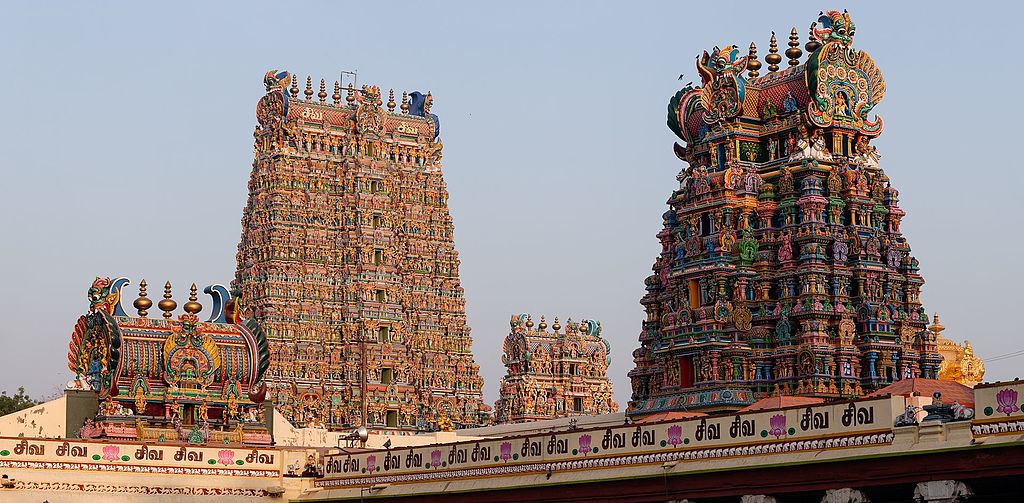
The Madurai Meenakshi Temple can be visited throughout the year, but certain times may offer a more pleasant experience. Here are some factors to consider when deciding the best time to visit:
Weather: Madurai experiences a hot and humid climate, especially during the summer months from April to June. The temperatures can be quite high during this time, which may make it uncomfortable for some visitors. The winter months from November to February offer relatively cooler temperatures, making it a more favorable time to explore the temple.
Festivals: If you wish to witness the grand festivals and celebrations at the Madurai Meenakshi Temple, it is recommended to plan your visit accordingly. Festivals like Meenakshi Thirukalyanam, Navaratri, and Float Festival attract a large number of devotees and offer a vibrant and festive atmosphere. These festivals typically have specific dates that can be checked in advance.
Weekdays vs. Weekends: The temple is usually more crowded on weekends, public holidays, and auspicious days. If you prefer a relatively quieter and less crowded experience, visiting on weekdays or during non-peak periods might be preferable.
Early Morning or Late Evening: The temple is open for worship from early morning until late evening. To avoid larger crowds and experience a more peaceful ambiance, visiting during the early morning or late evening hours can be a good option.
Availability of Accommodation: If you plan to stay in Madurai overnight, it's advisable to check the availability of accommodations in advance, especially during peak tourist seasons or major festivals.
It's important to note that the Madurai Meenakshi Temple is a significant pilgrimage site and attracts devotees throughout the year. Regardless of the timing of your visit, the temple's spiritual aura and architectural marvels are sure to leave a lasting impression.
